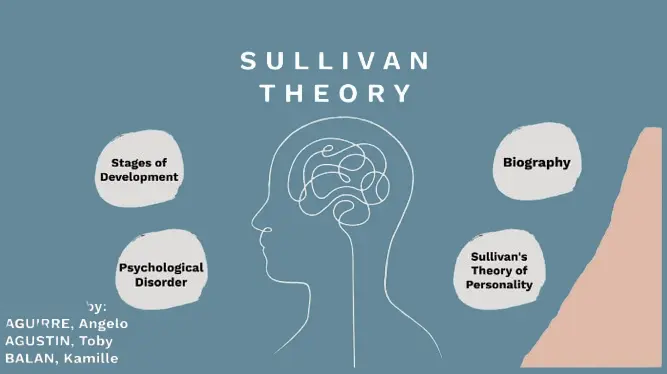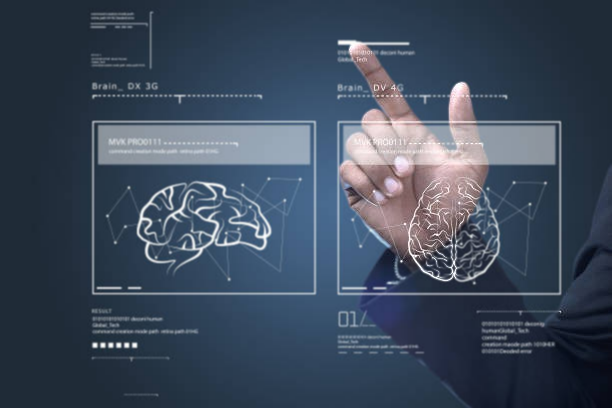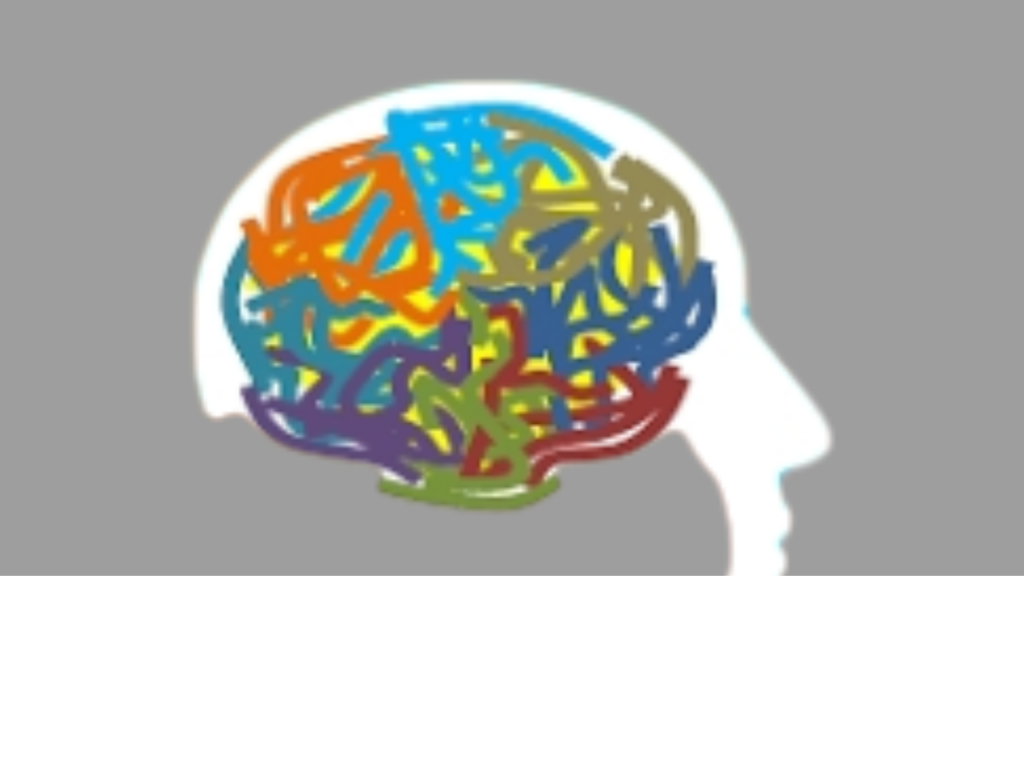The subject of mental health is significant. As the number of people receiving diagnoses for mental health illnesses rises year. it’s critical to treat underlying issues and provide support to those who are impacted. Mental health issues that go untreated can have an effect on our emotional, psychological, and social well-being as well as our thoughts, feelings, and behaviors.
Mental health issues can impact people of any age, as they are not age-specific. However, several diseases are known to particularly impact young children and toddlers. Disruptive mood dysregulation disorder (DMDD) is one such illness.
Children with DMDD are prone to erratic emotions that they are unable to control, such as intense rage outbursts that culminate in temper tantrums. These tantrums frequently happen in reaction to things that a child dislikes, such as taking baths, brushing their hair, going to the doctor, riding the bus, and more.Children with DMDD frequently experience difficulties at home, school, and other social contexts because of their high emotional nature. It could be hard for them to make friends. Additionally, they could have to visit the doctor more frequently or suffer a school suspension.
What Is Disruptive Mood Dysregulation Disorder?
The Diagnostic and Statistical Manual of Mental Disorders (DSM-5) now includes depression disorder (DMDD), which was introduced in 2013. In order to avoid overdiagnosing bipolar disease in children, DMDD is now utilized to provide more precise diagnoses. In cases of children who may have previously received a pediatric bipolar disorder diagnosis.

According to research from The Global Burden of Disease, children between the ages of one and ten are the ones that initially experience the symptoms of this illness. It also commonly happens to those who have been diagnosed with various mental health conditions such anxiety, bipolar disorder, and depression. The ages of 10 to 29 are when the consequences of DMDD peak.
Symptoms and indicators
DMDD in children and adolescents is characterized by:
- severe verbal or behavioral outbursts of fury that occur three or more times a week on average
- Tantrums and outbursts that have persisted for a minimum of a year
- chronically agitated or furious for the majority of the day, almost every day
- Anxiety that interferes with functioning in multiple contexts, whether home, school, or among peers
Typically, a child with DMDD is diagnosed between the ages of 6 and 10. A child has to have consistently had symptoms for 12 months or longer in order to be diagnosed with DMDD.
Causes and Diagnosis
There are currently no recognized causes or risk factors linked to a child’s development of DMDD.
Parents should consult their child’s physician if they have concerns that their child may have DMDD. Your child’s behavior may be evaluated as part of a comprehensive checkup. You should explain your child’s conduct in public and at home during this examination. After examining your child, the doctor will rule out any other possible reasons.
Since DMDD can frequently be confused with other conditions, such as attention-deficit/hyperactivity disorder (ADHD), anxiety disorders, and oppositional defiant disorder (ODD), your child’s doctor may then recommend that your kid see a mental health expert for a proper diagnosis.
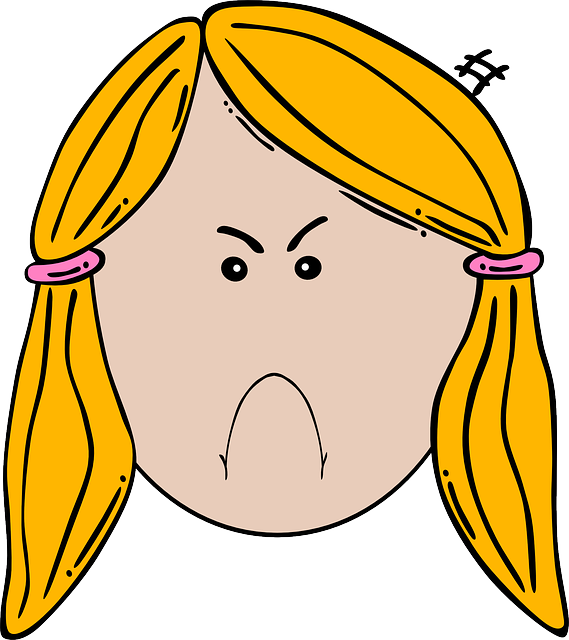
For a kid to receive a diagnosis of DMDD, they need to demonstrate these symptoms:
- severe episodes of rage, including inappropriate language and behavior
- Uncalled for and inappropriate outbursts that occur more frequently than three times a week
- Continuous irritation and rage in between fits of rage
- symptoms that have persisted for a minimum of a year
The onset of symptoms must occur before the age of ten. The youngster must not be older than 18 or less than 6 in order to acquire a diagnosis.
How can DMDD be identified?
If your child has met the diagnostic criteria for disruptive mood dysregulation disorder for at least a year, as listed in the Diagnostic and Statistical Manual of Mental Disorders (DSM-5) then mental health specialists will make the diagnosis. The American Psychiatric Association publishes the DSM-5, which is the accepted reference guide for mental diseases.
If your child exhibits symptoms of DMDD, they should probably contact a child and adolescent psychologist or psychiatrist. These mental health specialists assess your child for any mental health issues using specifically created interview and evaluation instruments.
To fully comprehend a child’s conduct, psychologists and psychiatrists frequently rely on reports from the child’s parents, siblings, friends, and teachers.
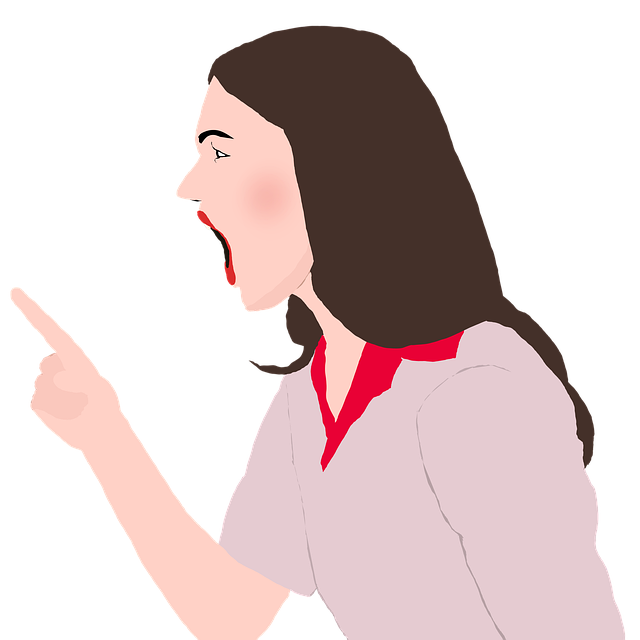
Concurrent occurrences of DMDD and other irritable illnesses like attention-deficit/hyperactivity disorder (ADHD) or anxiety disorders are possible. The psychologist or psychiatrist for your child will do a thorough evaluation in order to provide an accurate diagnosis.
Therapy and treatment
Studies specifically focused on treating DMDD have been very rare thus far. Treatment for irritability-related illnesses like attention-deficit/hyperactivity disorder (ADHD), oppositional defiant disorder (ODD), and anxiety disorders is frequently based on what has worked for such conditions.
Certain forms of psychotherapy, commonly referred to as talk therapy, and occasionally medication are used in the treatment of DMDD. Psychotherapy is often the first option, with medication added later if necessary. Nonetheless, in certain instances, medical professionals advise that children begin treatment with both medicine and psychotherapy. When deciding on a course of therapy for their kid, parents or other caregivers should consult carefully with the child’s physician.
The National Institute of Mental Health (NIMH) is sponsoring research to find novel ways to treat irritability and temper outbursts as well as to further enhance existing treatments.
Psychotherapies

cognitive behavioral therapy (CBT)
Anger and disruptive behavior are common conditions that can be effectively treated using cognitive behavioral therapy (CBT), which examines the connection between ideas, behaviors, and feelings. The goal of CBT for disruptive behavior and rage is to alter unhelpful thinking patterns. Additionally, CBT is being used by researchers to assist kids in developing the capacity to bear frustration without exploding. In this therapy, coping mechanisms for managing anger are taught, along with techniques for recognising and renaming the false beliefs that fuel outbursts.
dialectical behavior therapy for children (DBT-C)
Children who receive dialectical behavior therapy for children (DBT-C) learn techniques that may help them control their emotions and prevent severe or protracted outbursts. Through DBT-C, a clinician teaches kids techniques that can improve their ability to control their emotions and moods.
Parent training
Parent training equips caregivers with better strategies for handling agitated conduct in children, such as recognizing potential triggers for a child’s outburst and taking proactive measures to prevent it. Training also emphasizes the value of rewarding good conduct and providing a child with predictable and consistent reactions to their outbursts.
Drugs / medications
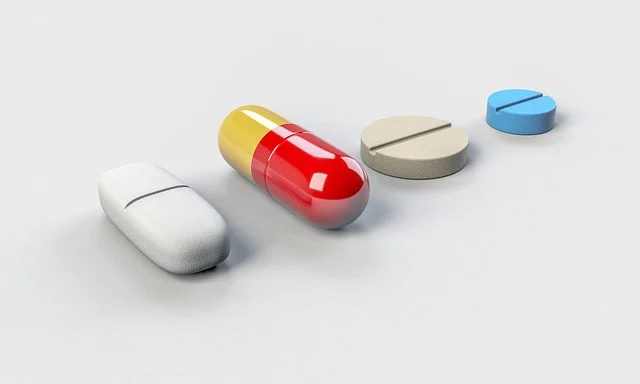
The U.S. Food and Drug Administration (FDA) has not yet approved any drugs expressly for the treatment of DMDD in children or adolescents. To assist in easing a child’s symptoms of DMDD, medical professionals may recommend stimulants, antidepressants, and atypical anti psychotics.
stimulant drugs
In addition to being frequently used to treat ADHD, evidence indicates that stimulant drugs may also help reduce irritability in young people.
Children with DMDD may exhibit irritability and mood disorders, which can occasionally be treated with antidepressants. According to one study, methylphenidate, a stimulant, and citalopram, an antidepressant, may help reduce agitation in young people with DMDD. Please be aware that antidepressants may make young people more likely to consider suicide .And act on it; as such, their doctor should keep a close eye on them.
Atypical antipsychotic drugs are used to treat aggressive behavior, extreme tantrums, and irritability in youngsters. These drugs have FDA approval for treating autism-related agitation, and they are also occasionally used to treat DMDD. However, because of these drugs’ negative effects, they are frequently utilized.

